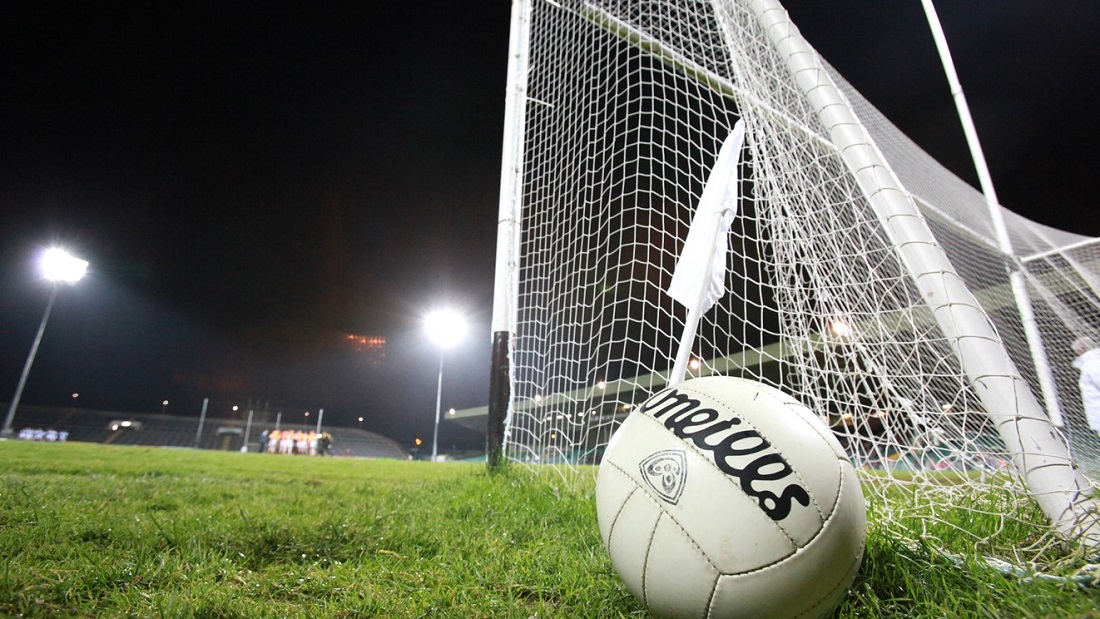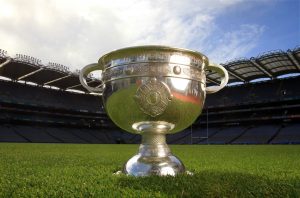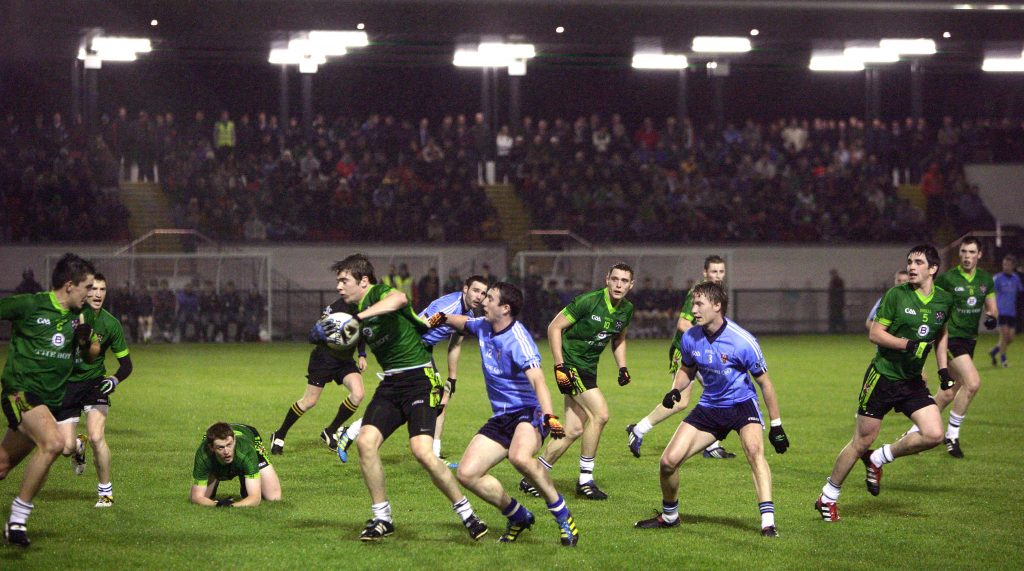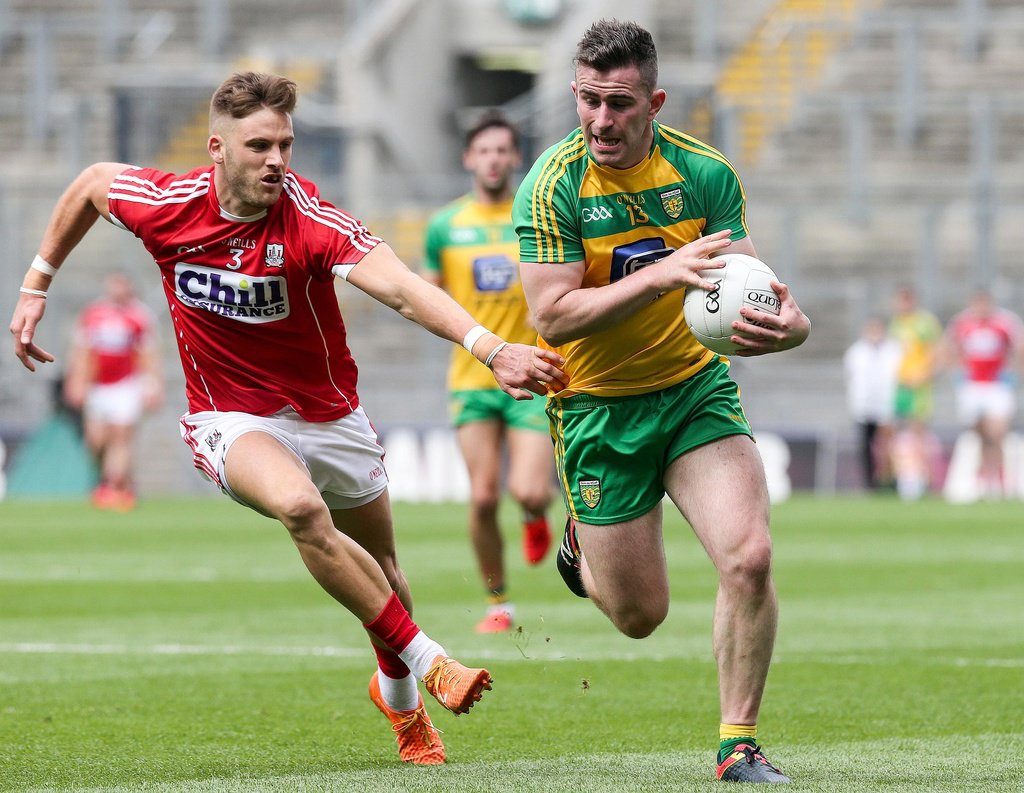
Gaelic football is an amateur team sport played mostly in Ireland and has been a popular and exciting form of athletic entertainment for over a century. One of the most widely played sports in the area, it holds similarities to rugby and soccer. If you’re hoping to learn more about the game for playing, watching or online betting, here is some background about Gaelic Football.
The History of Gaelic Football
While the game of Gaelic Football became official in the 1880s, its roots date back as far as generic football in the 14th century. Back then, many different forms of Irish football-type games went by the collective name caid. This term is still used today to refer to Gaelic Football. Since that time, the games have become more structured and popular. In fact, Gaelic Football is not only the most popular sport in the country, but is also the national sport of Ireland, along with hurling!
Gaelic Football Gameplay
Gaelic football is played with a ball that is slightly smaller than a soccer ball, with a goal of getting the ball either over or between rugby-style posts. Players have the option of kicking or throwing the ball, but can only travel a few steps in between without doing a form of dribbling called “soloing”. It’s a fast-paced and physical game with up to 30 men on the field at the time, certainly exciting to watch!
Gaelic Football Sport Betting
As with most sports, Gaelic football has a robust and active gambling scene. If you’re hoping to break into the big leagues with this popular activity, you need to know where to begin. First, look at the type of match. A championship match, for example, will likely hold more weight than a simple league one. The All-Ireland Championship is the largest inter-county event; with 32 counties participating and over 80,000 fans packing the stadium, it is sure to have some great betting opportunities. Fans of online gambling can also find useful bookmakers at various websites, offering live betting as well as betting services to help spectators make the best wagers.



